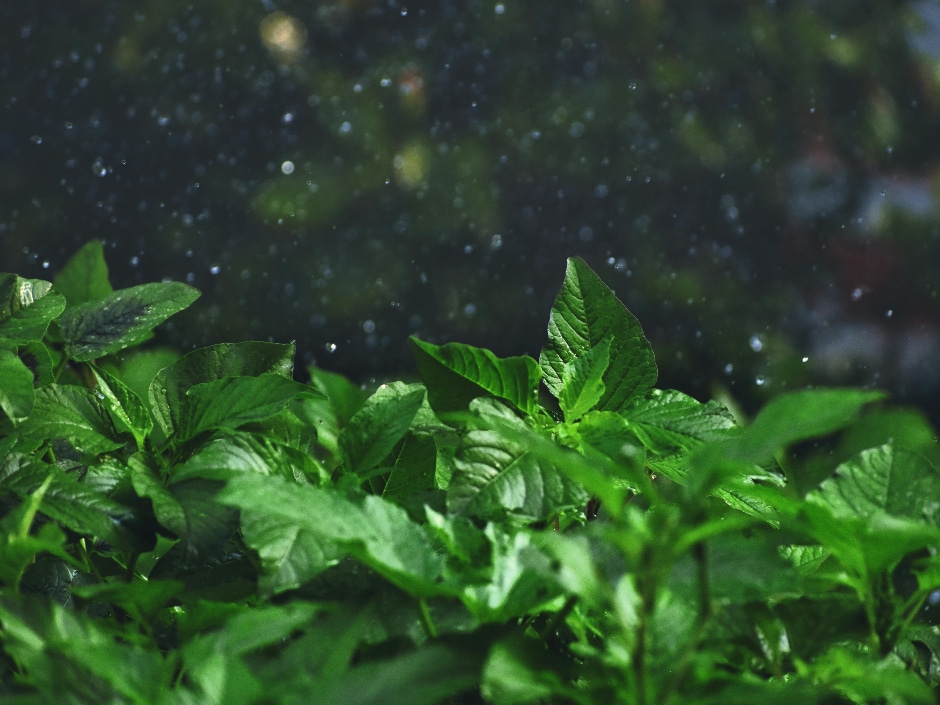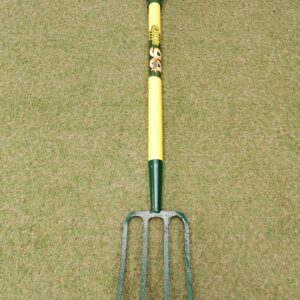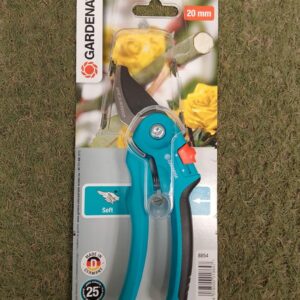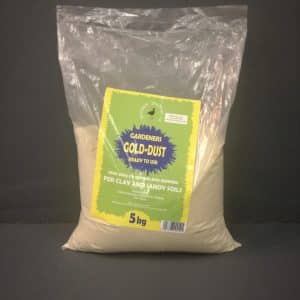Cold, dry and droopy: Solving winter plant troubles
DIY and how-to

As we arrive at the thick of winter, you and many other indoor plant enthusiasts may notice your green companions starting to struggle.
Winter houseplant problems are quite common, and understanding why they occur can help you keep your plants thriving through the colder months.
Whether you find yourself wondering why your indoor plant is dropping leaves, or can’t figure out what yellowing leaves on indoor plants really mean, these seasonal challenges have straightforward solutions.
Winter plant care: Why winter affects your indoor plants
During the winter months, several environmental changes stress your houseplants.
Reduced daylight hours, lower humidity levels and cooler temperatures all contribute to plant struggles. Even though your plants live indoors, they still respond to seasonal changes through windows and changing indoor conditions.
Indoor heating and closed windows create dry air that many tropical houseplants find challenging.
Add to this the weaker winter sun, which means your plants receive less energy for photosynthesis, naturally slowing their growth and making them more vulnerable to common plant issues.
Common houseplant problems in winter and how to fix them
Find yourself troubled by the below houseplant problems in winter? Here’s our houseplant help guide including tips to keep indoor plants healthy through winter.
Houseplant problem: Yellowing leaves on plants
Eep – those once-luscious healthy green leaves are turning yellow, or even dropping leaves. What could this mean?
Rest assured, this is one of the most common houseplant problems in the cooler months. It’s also the easiest telltale for how to tell if you’re overwatering your houseplants. Plants need much less water during their dormant period, so your watering habits should change with the seasons.
Yellow leaves can also mean that your plant isn’t getting enough light, which is something to bear in mind as part of your winter plant care.
Easiest fixes:
- For overwatering: Check your plant’s soil moisture by using a moisture meter, or inserting your finger 2 – 3 centimetres deep. If it feels damp, wait before watering again.
- For more light: Move your plant closer to a window, or consider supplementing with grow lights during the darkest winter months.
Houseplant problem: Brown leaf tips and edges
Brown, crispy leaf edges usually indicate low humidity.
During winter, our homes often become quite dry, especially with heaters running.
Easiest fix: A winter plant care tip for homes with heaters or fireplaces is to place a humidity tray filled with water and pebbles beneath your plants, or group plants together to create a more humid microclimate.
Houseplant problem: Stunted growth and pale colours
When plants stop growing and appear pale, they’re usually not getting enough light exposure.
This is normal during winter, but you can use indoor plant troubleshooting tactics by cleaning dust off leaves to maximise light absorption, and rotating plants weekly for even light exposure.
Creating the right winter environment
Success with winter houseplant care comes from creating stable conditions.
Maintain consistent temperatures between 15 – 24°C, increase humidity around plants and ensure adequate air circulation without creating cold draughts.
Consider investing in a humidity meter to monitor conditions and adjust accordingly. Many common houseplant problems in winter become much easier to fix when you can measure environmental factors accurately.
For personalised advice, quality plant care products and professional-grade tools to tackle any winter houseplant problems, visit your local Stodels garden centre.
Our experienced staff can recommend specific solutions for your plants and help you create the perfect winter care routine.
Don’t let seasonal challenges discourage your indoor gardening journey – expert help and the right tools make all the difference.
You might also like
Shop online
-
GARDENA RAIN SENSOR
- R499.99
- Add to cart Learn More




